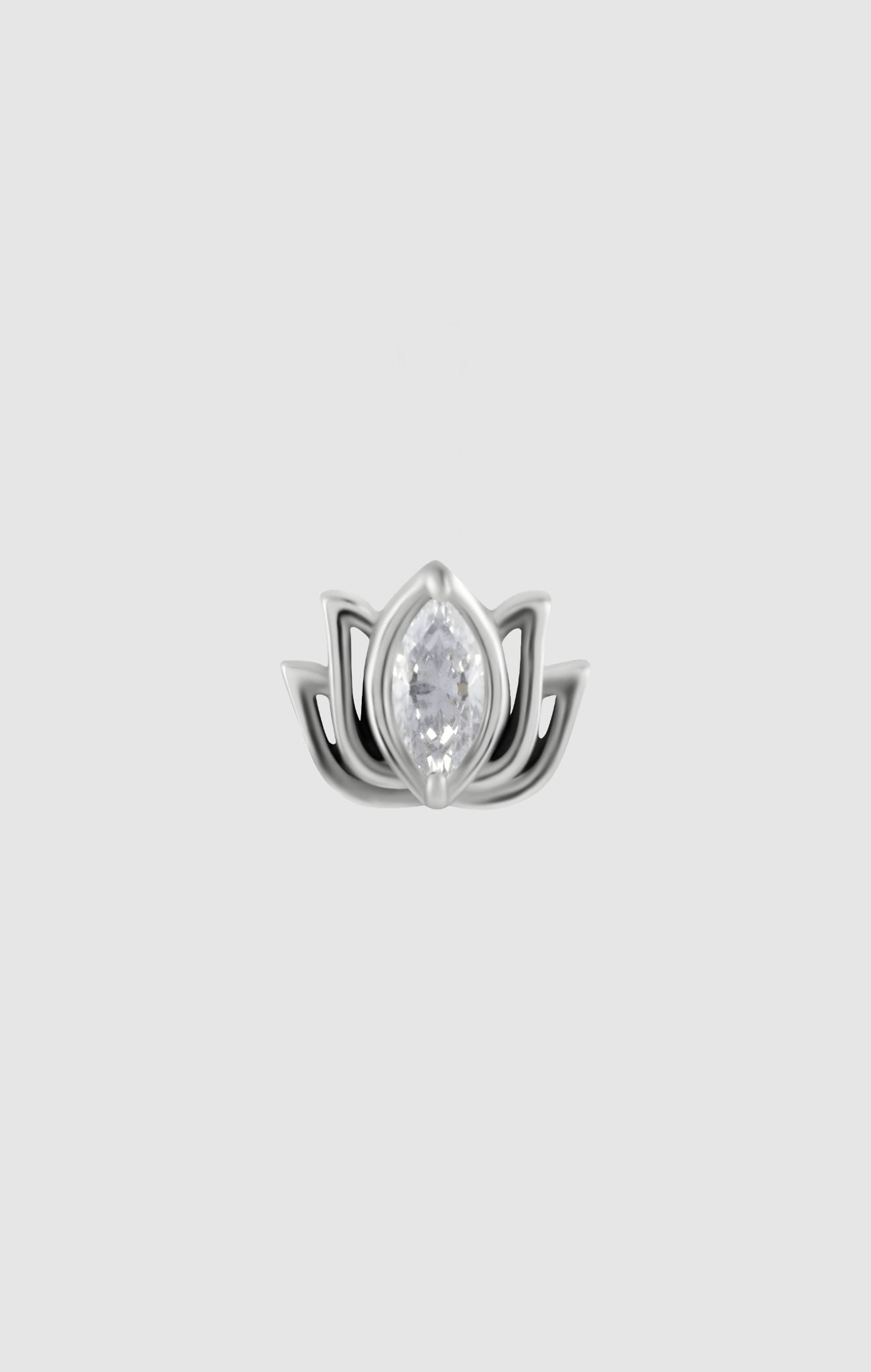Body art, in the forms of tattoos and piercings, has been a means of self-expression and cultural significance for centuries. From intricate tattoos that tell a personal story to piercings that highlight the body's natural contours, the commitment to these forms of art goes beyond the initial application. Proper care is crucial to ensure the longevity and health of your tattoos and piercings. This comprehensive guide will provide you with essential information and tips on how to care for your tattoos and piercings, keeping them in pristine condition.
Tattoo Healing Stages
Inflammatory Phase (Days 1-6)
- Characteristics: Redness, swelling, and oozing.
- Care Tips: Keep the tattoo clean and moisturized. Avoid direct sunlight and refrain from scratching.
Proliferative Phase (Days 7-14)
- Characteristics: Scabbing and itching.
- Care Tips: Do not pick at scabs. Continue to moisturize and keep the area clean.
Maturation Phase (Days 15-30)
- Characteristics: Flaking and peeling.
- Care Tips: Maintain hydration and avoid harsh soaps. The tattoo will start to settle into the skin, and colors may appear more vibrant.
Piercing Healing Stages
Initial Healing Phase (Days 1-4)
- Characteristics: Swelling, tenderness, and light bleeding.
- Care Tips: Clean the piercing with saline solution and avoid touching it with dirty hands.
Formation Phase (Weeks 1-6)
- Characteristics: Formation of new skin around the piercing.
- Care Tips: Continue cleaning with saline solution and avoid rotating the jewelry.
Maturation Phase (Months 2-12)
- Characteristics: The piercing starts to stabilize.
- Care Tips: Maintain regular cleaning and be cautious of potential irritants.
Tattoo Aftercare
Initial Care
- Remove Bandage: After 2-4 hours, remove the bandage applied by your tattoo artist.
- Clean Gently: Wash the tattoo with lukewarm water and a mild, fragrance-free soap.
- Pat Dry: Gently pat the area dry with a clean paper towel.
Moisturizing
- Choose the Right Product: Use a fragrance-free, hypoallergenic lotion or a product specifically designed for tattoo aftercare.
- Apply Sparingly: Apply a thin layer of lotion to keep the tattoo hydrated without suffocating the skin.
Avoiding Irritants
- Sun Exposure: Protect your tattoo from direct sunlight. Use a high SPF sunscreen once the tattoo is fully healed.
- Swimming: Avoid swimming pools, hot tubs, and natural bodies of water until the tattoo is fully healed.
- Clothing: Wear loose clothing to prevent rubbing and irritation.
Monitoring Healing
- Infection Signs: Watch for signs of infection such as excessive redness, swelling, or discharge. Consult a healthcare professional if you notice any of these symptoms.
- Touch-Ups: Once healed, you may need a touch-up to address any areas where ink did not settle properly. Consult your tattoo artist for advice.
Piercing Aftercare
Cleaning Routine
- Saline Solution: Clean the piercing twice daily with a saline solution. You can make this at home by mixing 1/4 teaspoon of non-iodized sea salt with 1 cup of warm distilled water.
- Avoid Alcohol and Peroxide: These can dry out and irritate the piercing.
Jewelry Care
- Avoid Changing Too Soon: Do not change the jewelry until the piercing is fully healed.
- Choose Safe Materials: Opt for hypoallergenic materials such as surgical steel, titanium, or gold to minimize the risk of allergic reactions.
Managing Irritation
- Be Mindful of Hair and Clothing: Keep hair away from facial piercings and avoid tight clothing that can rub against body piercings.
- Sleep Considerations: Try not to sleep on the side of a new piercing to avoid pressure and irritation.
Signs of Trouble
- Infection: Look for excessive redness, swelling, or discharge. Seek medical advice if these symptoms occur.
- Migration or Rejection: Sometimes the body pushes out the jewelry. If you notice the piercing moving or changing position, consult a professional piercer.
Long-Term Tattoo and Piercing Maintenance
Skin Care
- Hydration: Keep your skin hydrated with regular use of lotion. Healthy skin helps maintain the vibrancy of tattoos.
- Exfoliation: Gently exfoliate the skin around your tattoos to remove dead skin cells and keep the area smooth.
Protecting Against Sun Damage
- Sunscreen: Always apply sunscreen to your tattoos when exposed to sunlight. UV rays can fade and distort the colors over time.
- Clothing: Wear protective clothing or accessories like hats and sleeves to shield your tattoos from the sun.
Regular Check-Ups
- Piercing Maintenance: Even after healing, continue to clean piercings regularly to avoid buildup and potential infections.
- Tattoo Touch-Ups: Periodically, tattoos may require touch-ups to maintain their original appearance. Consult your tattoo artist for advice.
Choosing the Right Professional
Research
- Portfolio: Look at the portfolios of tattoo artists and piercers to ensure their style matches your vision.
- Reviews: Read reviews and testimonials to gauge customer satisfaction and the quality of their work.
Hygiene Standards
- Certification: Ensure the artist or piercer is certified and follows local health regulations.
- Clean Environment: The studio should be clean, with all tools properly sterilized.
Consultation
- Discuss Ideas: Have a thorough discussion with the artist or piercer about your ideas, expectations, and any concerns.
- Allergies and Medical Conditions: Inform them of any allergies or medical conditions that might affect the procedure or healing process.
Common Myths and Misconceptions
Tattoo Myths
- Myth: Tattoos are permanent and never change.
- Fact: Tattoos can fade and blur over time, especially with poor aftercare or excessive sun exposure.
- Myth: You can swim immediately after getting a tattoo.
- Fact: Swimming should be avoided until the tattoo is fully healed to prevent infection.
Piercing Myths
- Myth: Rotating the jewelry helps with healing.
- Fact: Rotating jewelry can actually cause irritation and prolong the healing process.
- Myth: Piercings heal in a few weeks.
- Fact: Healing times vary by piercing location and individual body, often taking several months to a year.
Conclusion
Caring for tattoos and piercings requires diligence and patience, but the results are well worth the effort. By following proper aftercare routines, avoiding common pitfalls, and staying informed, you can ensure that your body art remains a beautiful and lasting part of your personal expression. Remember, the journey doesn't end when you leave the studio; it's just beginning. With the right care, your tattoos and piercings will continue to look stunning for years to come.


